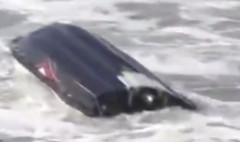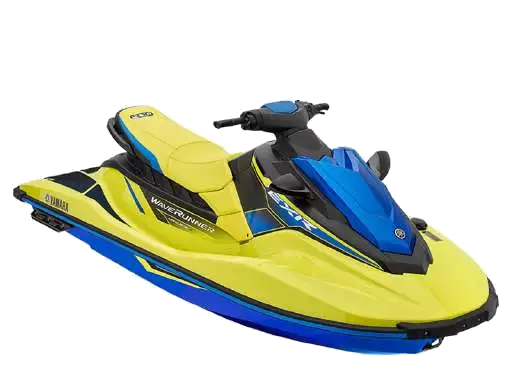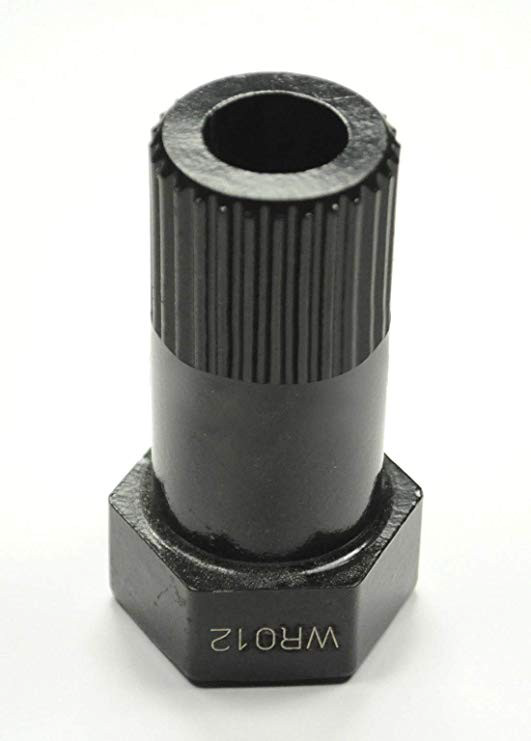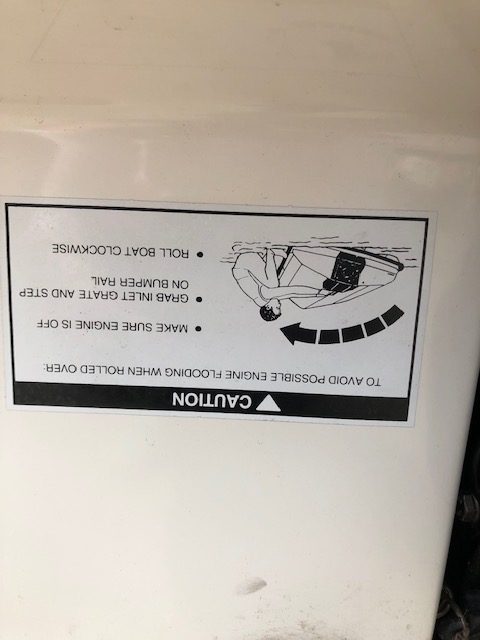The Whys And Whats Of Flipping A Jet Ski
The earliest, pea green, Kawasaki jet ski’s claim to fame was their self-righting hull and the fact that they moved in a circle if you fell off.
The learning curve to riding one was similar to breaking in a bucking bronco, and falling off while riding was almost a given.
As PWCs progressed in size and stability, they no longer had self-righting hulls. While there have been a few skis since with claims of self-righting hulls, like the ’97 Sea Doo SPX, there remains the very real opportunity to capsize modern jet skis.
And with the advent of the safety lanyard, if the lanyard doesn’t pull from the ski when a rider falls off, the ski now continues on in a straight line.
Why Do Jet Skis Capsize Or Flip Over?

While modern jet skis are very stable, there are several reasons a ski can be overturned.
Speed and Daring – Tricks, like jumping waves or trying to do flips can be fun, but can oft times result in flipping your ski. Loosing control in high speed turns can also result in separating the rider and/or passengers from the ski.
Drain Plugs – As simple as checking your drain plugs may seem to be, they are forgotten more often than you may think. A forgotten or improperly secured drain plug will cause the ski to take on water and become less stable and possibly flip as well as sink.
Re-Boarding – Attempting to reboard your ski from the side and not the back deck can cause the ski to flip over. They were designed to be boarded from the back and do not have the stability for side boarding, especially in deep water.
Passengers – Different models of jet skis are built to carry different numbers of passengers. There are skis for 1, 2, 3 and even some claimed for 4 passengers. Seating claims are also linked to weight allowances. Always check your skis manual for weight allowances as well as seating capacity. Just because there are three seats doesn’t mean it can safely hold any three riders.
With multiple riders on a ski, poor weighting, weight shifting or sudden movements in a turn can cause a passenger to be thrown from the ski or the ski to flip.
As odd as it may seem, low speeds and multiple riders can cause a jet ski to capsize. Jet skis run on a jet propulsion system. This propulsion is necessary for making turns and ski stability in moving. A constant speed is necessary for a turn and letting off the throttle during a turn will cause the ski to loose not just stability, but the ability to turn.
Over-weighted or Poorly Distributed Weight – Again, check your manual for weight allowances and weighting instructions. With bigger, more stable hulls and improved engines, jet skis are going farther and faster. Strapping gas cans, coolers and gear to skis in uneven weighting or the wrong areas will cause the ski to become unstable and more likely to flip over.



